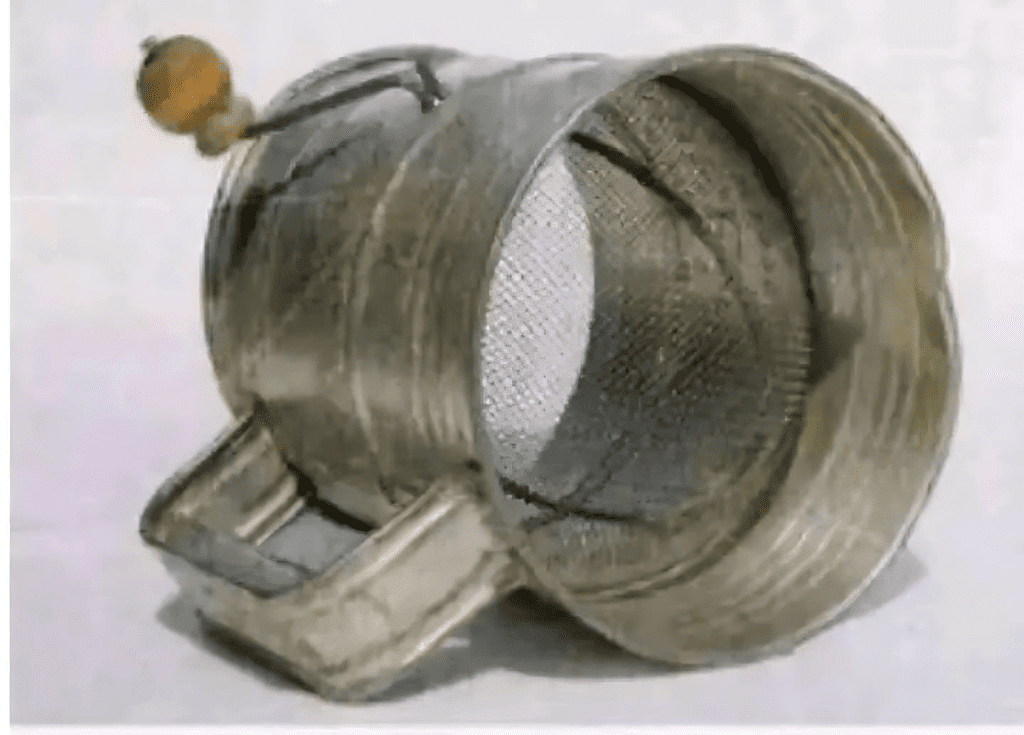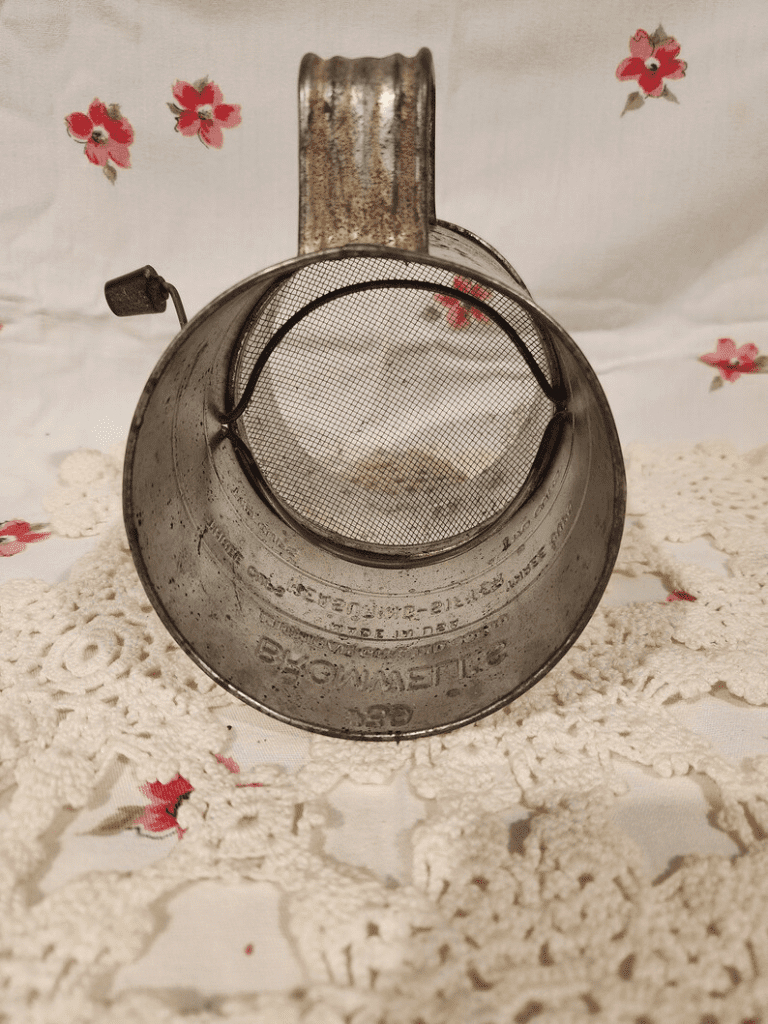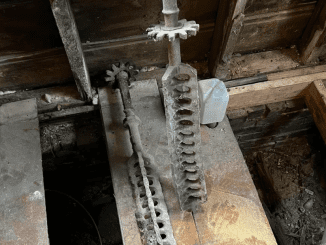Baking is an art, and like any great artist, bakers rely on tools to achieve perfection. While some tools are celebrated, others quietly do their job without much fanfare. Enter the flour sifter—a small, unassuming tool that might look simple but plays a critical role in baking. If you’re wondering what makes the flour sifter so special, you’re in for a treat. This article explores how this little device can transform your baking, making it lighter, fluffier, and downright irresistible.
What Exactly Does a Flour Sifter Do?

At first glance, the flour sifter may seem like an extra step in the baking process, but it’s far more than that. Its primary job is to break up clumps in flour, aerate it, and ensure even distribution in your batter or dough. By using a flour sifter, you’re not just avoiding lumps; you’re giving your baked goods a finer texture, which can make all the difference in your end result.
But there’s more! A flour sifter also mixes ingredients in subtle ways. For instance, when you sift flour with baking powder, sugar, or cocoa powder, it evenly distributes these ingredients, leading to a more consistent flavor and texture. Without a sifter, you might find pockets of baking powder in your cake—definitely not the surprise anyone wants!
Why Sifting Flour Is Crucial for Baking
So why does sifting flour matter? Couldn’t you just toss everything in and mix? Here’s why skipping the sifting step can lead to less-than-ideal results.
- Achieving the Perfect Texture
Imagine biting into a cake that’s dense and uneven. Not too appealing, right? Sifting breaks down flour into lighter, finer particles, creating a softer, fluffier texture. It’s a subtle but powerful difference that can take your baked goods from good to amazing. - Accurate Measurements
Unsifted flour can compact and lead to more flour being used than intended. By sifting, you’re ensuring that you get the exact amount of flour the recipe calls for. This accuracy can significantly impact the outcome, especially in delicate pastries or cakes where precision matters. - Removing Impurities and Clumps
Ever found tiny bits in your flour? Impurities like small particles or clumps can make their way into flour. Sifting removes these, leaving you with smooth, clean flour. This is especially useful for recipes where texture is everything, like chiffon cakes or airy soufflés.
Types of Flour Sifters and How to Choose the Right One
Not all flour sifters are created equal. There are a few different types, and the one you choose can depend on your baking needs, hand strength, and personal preference. Here’s a quick breakdown to help you pick the right one for your kitchen.
- Crank-Style Flour Sifter
This is the classic type that uses a hand crank to push the flour through the mesh screen. It’s easy to control and perfect for those who want precision. However, if you’re sifting large quantities, it might get a bit tiring. - Squeeze-Handle Flour Sifter
Squeeze-handle sifters use a trigger mechanism to shake the flour through the mesh. These are quicker and often easier to use, though they can be tough for those with hand pain or arthritis. They’re great if you only need to sift a small amount of flour. - Mesh Strainer (Handheld)
If you don’t have a traditional flour sifter, a fine-mesh strainer can do the trick. Just add the flour and gently tap or shake the strainer. This method might take longer, but it’s a handy alternative and easy to clean.
Each type has its pros and cons, so it’s worth trying a couple to see which one fits your baking style best.
Tips for Using Your Flour Sifter Effectively

Now that you know what a flour sifter does and how to choose one, let’s talk about technique. A few small tips can go a long way in making the most of this tool.
- Don’t Overfill the Sifter
Filling it to the brim can lead to flour spilling out and making a mess. Instead, add flour in batches if you have a lot to sift. This approach keeps things neat and helps you maintain control. - Tap, Don’t Force
If you encounter a clump that won’t go through, avoid pressing too hard. Tap the side of the sifter lightly to encourage the clumps to break up. Forcing clumps can actually damage the sifter or cause bigger clumps to fall through. - Sift Just Before Adding to Your Recipe
For the best results, sift your flour right before you add it to the recipe. This keeps the flour aerated and prevents it from settling or compacting after sifting.
Creative Uses for a Flour Sifter Beyond Flour
Did you know that your flour sifter can do more than just sift flour? This versatile tool can be used for a few other handy tasks in the kitchen.
- Dusting Desserts
If you’re adding powdered sugar or cocoa powder to cakes, cookies, or pastries, a sifter provides a light, even dusting. It’s a great way to add that professional finishing touch. - Mixing Dry Ingredients
When a recipe calls for evenly mixed dry ingredients like flour, cocoa, and baking powder, a sifter can do the job perfectly. Just add everything to the sifter and give it a few taps for an even blend. - Removing Lumps in Other Ingredients
Have lumpy powdered sugar or cornstarch? Run them through the sifter for a smooth, lump-free texture.

The Flour Sifter: A Baker’s Best Friend
In the world of baking, a flour sifter might not be the flashiest tool, but it’s a baker’s secret weapon. Its ability to aerate, mix, and refine ingredients makes it invaluable for achieving perfect texture and consistency in your baked goods. Whether you’re baking delicate pastries or hearty bread, a sifter helps ensure every bite is light, fluffy, and delicious.
Conclusion: Embrace the Art of Sifting for Better Baking
Incorporating a flour sifter into your baking routine might seem like an extra step, but it’s one that yields rewarding results. This humble tool transforms flour into a soft, fluffy ingredient that mixes seamlessly with other components, giving your treats that professional touch. So, the next time you’re preparing to bake, don’t skip the sifter. Embrace the art of sifting, and you’ll see just how much of a difference this simple tool can make in your kitchen!


